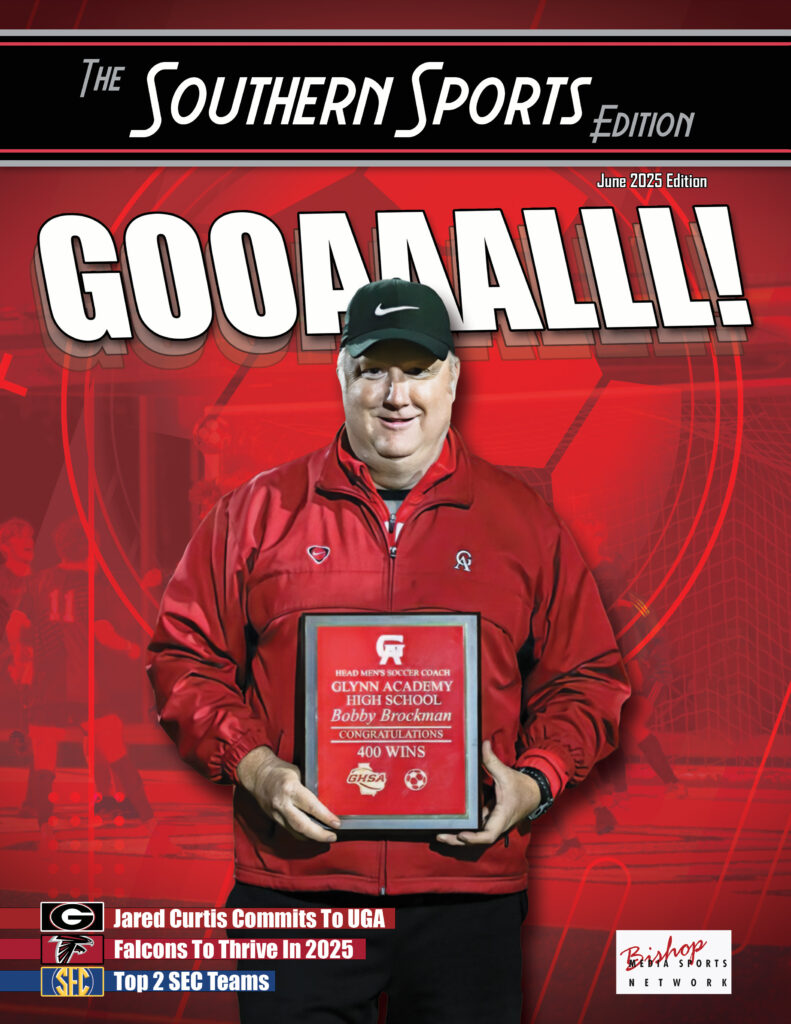How The Daytona 500 Came To Be
History Lesson
 By: Charles Skipper
By: Charles Skipper
TheSouthernSportsEdition.com news services
Daytona International Raceway was the site of the 64th running of the Daytona 500 recently.
The mecca of Stock Car Racing held its first 500-mile race on the track built by NASCAR founder Bill France Sr. on February 22, 1959.
The winner’s trophy for the inaugural race went to a fellow with the last name of Petty but not the Petty you might think it was.
Lee Petty, not “The King” Richard Petty was victorious that Sunday afternoon. The driver of the #43 Petty Blue car did manage to take the checkered flag at the iconic racetrack seven times and is the all-time leader in wins in the event.
The Daytona racetrack was the first Superspeedway to be built and the new venue replaced the Daytona Beach Road Course, which included a portion of the race being ran on the beach itself.
Vintage film footage of the cars flying down the beach at breakneck speeds illustrate the love for speed in the early years of automobiles.
The picturesque beach course was not designed just for looks as there were 15 World Land Speed records set there, with speeds reaching a whopping 211 mph during the race.
Races were first held in 1936 on the course and continued until it closed in 1958 after the opening of the new track.
Bill France, a garage owner/operator in Daytona Beach, whom had been a race car driver himself, began managing the road course in 1938. France believed people wanted to watch stock car races and began talks in a motel bar on Daytona Beach that led to the formation of the National Association of Stock Car Auto Racing. This group is still the governing and operating company for stock car racing today.
The next move France made to lead NASCAR into the future was to plan the building of a new track in Daytona.
The legendary high banked turns in Daytona were utilized to foster more speed and to allow the fans to see the cars better.
The Father of NASCAR patterned the banking on the Florida track after the Ford Motor Company Proving Grounds, which had banking to allow for faster speeds in their test cars. The new banked tri-oval became the fastest track in the series until Talladega opened ten years later.
The Daytona 500 has grown from these roots to the pinnacle race of the NASCAR season.
Every other sport you can think of holds their signature event at the end of their season and the winner of that culminating event is the champion for that season. NASCAR comes right out of the gate with their top event first on the schedule.
The design of the Super Speedway track leads to a style of racing where the cars form long lines of cars at speeds near or at 200 mph in a row usually inches from the bumper of the car in front of them.
This combination has led to many exciting finishes like the Cale Yarborough-Donnie Allison fight after a crash on the last lap of the 1979 race.
These wrecks sometimes though have ended in tragedy such as the one that took the life of NASCAR legend Dale Earnhardt in 2001.
Through the highs and lows of the track’s fabled history, the Daytona 500 has become the most important and prestigious race on the NASCAR circuit, bringing in the highest television ratings and by far has the largest purse awarded.
The Super Bowl of Stock Car Racing signals the beginning of a new NASCAR season each year and entertains millions of fans along the way.
The brainchild of Bill France Sr. continues to thrive today and live up to the title it was given as The Great American Race.




